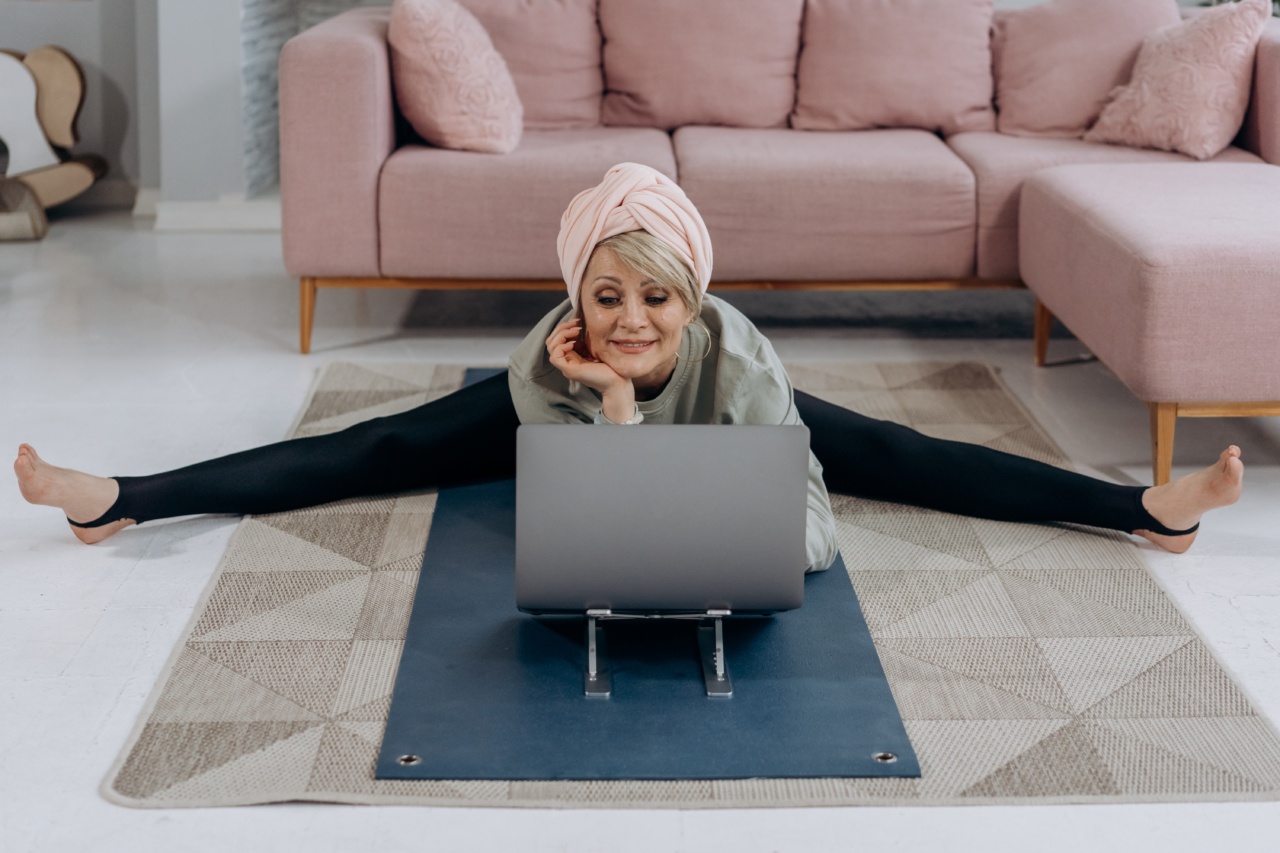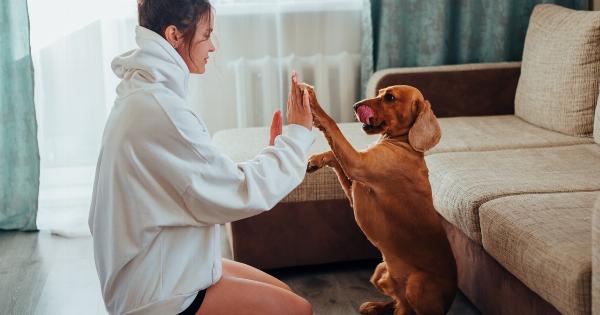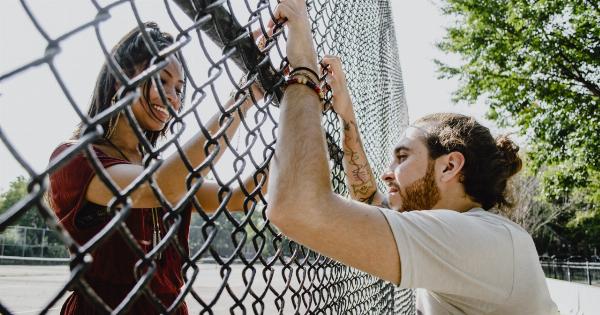Yoga has become increasingly popular among people of all ages due to its numerous physical and mental health benefits. However, as individuals age, their bodies undergo certain changes that may make them more susceptible to yoga-related injuries.
In this article, we will explore the age-related yoga injuries that individuals need to be aware of and provide valuable information on how to prevent and manage these injuries.
1. Common Age-Related Yoga Injuries
As we age, our muscles, joints, and connective tissues undergo natural degenerative changes, which can make them prone to injuries during yoga practice. Some of the common age-related yoga injuries include:.
2. Wrist Injuries
Wrist injuries are more prevalent among older individuals due to decreased strength and flexibility in the wrists.
Poses that require weight-bearing on the hands, such as Downward Facing Dog or Plank Pose, can put excessive strain on the wrists, leading to sprains, strains, or even fractures.
3. Shoulder Injuries
The shoulder joints tend to lose their range of motion with age, making them susceptible to injuries during yoga. Yoga poses that involve overhead movements, like Shoulder Stand or Wheel Pose, can cause strain, impingement, or rotator cuff injuries.
It is essential to build shoulder strength gradually and avoid overstretching.
4. Spinal Injuries
The spinal discs, which act as shock absorbers between the vertebrae, tend to degenerate over time. Forward-bending poses like Standing Forward Fold or Seated Forward Bend can put pressure on the discs, leading to herniation or bulging.
It is crucial to maintain proper alignment and avoid excessive force or deep backbends.
5. Knee Injuries
Knee pain is a common complaint among older adults, and yoga poses that involve repetitive or excessive bending of the knees can exacerbate this issue. Poses such as Hero Pose or Lotus Pose can strain the ligaments and menisci of the knee joint.
Modifying the poses, using props, or avoiding deep knee flexion can help prevent knee injuries.
6. Hamstring Injuries
The hamstrings tend to lose their elasticity and flexibility with age, making them prone to strains or tears during yoga practice.
Poses like Standing Forward Fold or Pyramid Pose can place significant strain on the already tight hamstrings, leading to injuries. It is essential to warm up properly and perform gentle stretching exercises before attempting deep hamstring stretches.
7. Hip Injuries
The hip joints may become stiffer and less mobile as we age, making certain yoga poses challenging and increasing the risk of injuries.
Poses involving deep hip flexion or external rotation, such as Lotus Pose or Pigeon Pose, can strain the hip joints and surrounding muscles. Practicing hip-opening poses mindfully and gradually can help prevent hip injuries.
8. Neck Injuries
The cervical spine may become less flexible and more susceptible to injuries as we age.
Yoga poses that require neck extension or compression, like Fish Pose or Neck Stand, can put excessive strain on the neck, leading to sprains, strains, or even herniated discs. Practicing neck stretches and movements cautiously and avoiding overextension is crucial to prevent neck injuries.
9. Ankle Injuries
As we age, the ankle joints may experience decreased stability and range of motion. Yoga poses that involve balancing on one leg, such as Tree Pose or Warrior III, can increase the risk of ankle sprains or fractures.
Strengthening the ankle muscles and practicing balance exercises can help prevent ankle injuries.
10. Tips for Preventing Age-Related Yoga Injuries
While age-related yoga injuries can occur, there are several preventive measures individuals can take to minimize their risk:.
Conclusion
Yoga can be a safe and beneficial practice for individuals of all ages, including older adults. However, it is essential to be aware of the potential age-related yoga injuries and take necessary precautions to prevent them.
By practicing yoga mindfully, modifying poses when necessary, and listening to your body’s signals, you can continue to enjoy the physical and mental benefits of yoga well into your golden years.































